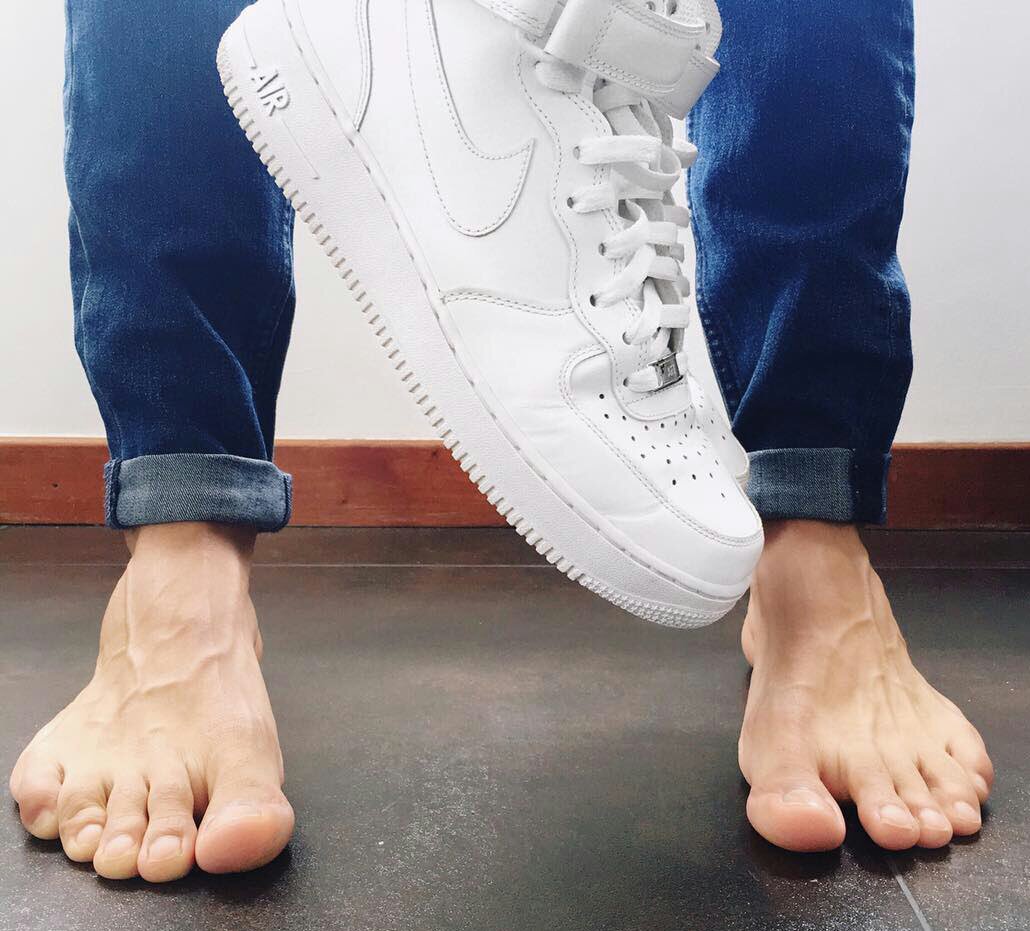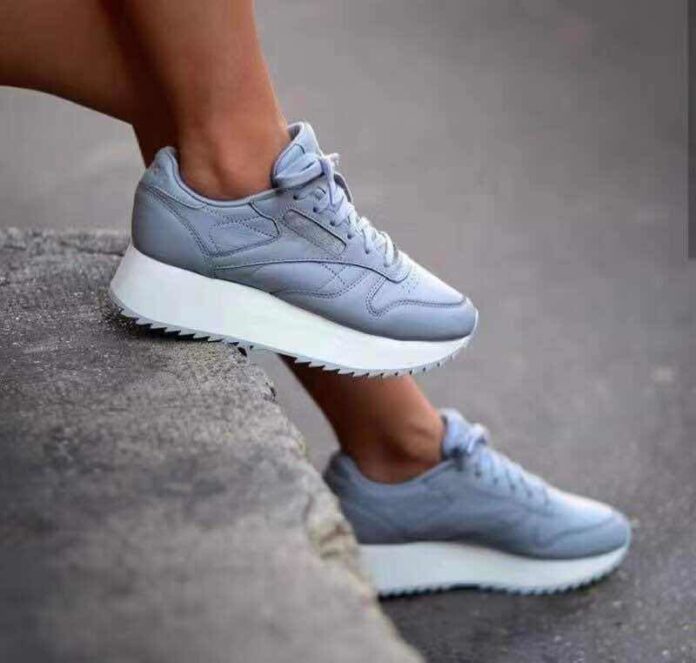Cuboid syndrome is a painful and debilitating condition that affects the feet. It can cause difficulty walking, running, and participating in other activities. However, with the right support, individuals with cuboid syndrome can find relief and even prevent further pain and discomfort. One of the most effective treatments is wearing shoes specifically designed to support the feet and help manage the condition. This blog post, will look at the various benefits of shoes for cuboid syndrome and how they can help people live more comfortably and enjoy a better quality of life.
Understanding Cuboid Syndrome
Understanding Cuboid Syndrome is key to managing and finding relief from this painful condition. Cuboid syndrome is a condition where the cuboid bone, located on the outer side of the foot, becomes misaligned or dislocated. This can occur due to repetitive stress, trauma, or even from wearing improper footwear.
When the cuboid bone is misaligned, it can cause a range of symptoms, such as pain on the lateral side of the foot, difficulty walking, and instability. The pain may worsen with weight-bearing activities and can be sharp or dull in nature. To properly manage cuboid syndrome, it is important to understand its causes and symptoms.
 Causes And Symptoms Of Cuboid Syndrome
Causes And Symptoms Of Cuboid Syndrome
Cuboid syndrome can be caused by various factors, and understanding the causes and symptoms is crucial for effective management. One of the main causes of cuboid syndrome is repetitive stress on the foot, such as from activities like running or jumping. Trauma to the foot, such as an ankle sprain or injury, can also lead to misalignment of the cuboid bone.
Symptoms of cuboid syndrome include pain on the lateral side of the foot, difficulty walking or bearing weight on the affected foot, and a sense of instability. The pain may vary in intensity and may be sharp or dull in nature. Some individuals may also experience swelling or tenderness in the affected area.
Why Shoes Matter In Managing Cuboid Syndrome
Proper footwear plays a vital role in managing cuboid syndrome and finding relief from the associated pain and discomfort. Shoes designed specifically for this condition provide the necessary support and stability that individuals with cuboid syndrome desperately need.
First and foremost, shoes for the cuboid syndrome help to align the cuboid bone properly, preventing it from becoming misaligned or dislocated. These shoes typically have a reinforced sole and a firm heel counter, which helps stabilize the foot and keep the cuboid bone in place.
Provide Adequate Arch Support
To alignment, proper shoes for the cuboid syndrome also provide adequate arch support. This is crucial as it helps distribute the weight evenly across the foot, reducing the strain on the cuboid bone. With the right amount of arch support, individuals can alleviate the pressure on the lateral side of the foot and significantly reduce the pain and discomfort associated with cuboid syndrome.
Furthermore, shoes designed for cuboid syndrome often have cushioning and shock-absorbing features. This helps to absorb impact during walking or other weight-bearing activities, reducing the strain on the foot and providing added comfort.
Benefits Of Wearing Proper Shoes
When it comes to managing cuboid syndrome, wearing proper shoes can make all the difference. The benefits of wearing shoes specifically designed for this condition are numerous and can significantly improve your quality of life. First and foremost, proper shoes provide the necessary support and stability to align the cuboid bone properly. This helps prevent misalignment or dislocation, reducing pain and discomfort.
In addition to alignment, proper shoes also offer adequate arch support. This helps distribute the weight evenly across the foot, relieving strain on the cuboid bone. By reducing the pressure on the lateral side of the foot, these shoes can alleviate pain and discomfort. Furthermore, shoes designed for cuboid syndrome often come with cushioning and shock-absorbing features.
Features To Look For In Shoes For Cuboid Syndrome
When it comes to choosing the right shoes for cuboid syndrome, there are certain features you should look for to ensure maximum support and relief. First and foremost, consider shoes with a reinforced sole and a firm heel counter. These features provide stability and help keep the cuboid bone aligned properly, reducing the risk of misalignment or dislocation.
Another important feature to consider is arch support. Look for shoes with adequate arch support to help distribute weight evenly across the foot and alleviate strain on the cuboid bone. This can significantly reduce pain and discomfort. Additionally, cushioning and shock-absorbing features are essential. These help absorb impact during activities, reducing strain on the foot and providing added comfort.
Consider The Overall Fit And Comfort
Lastly, consider the overall fit and comfort of the shoes. Look for a pair that offers a snug yet comfortable fit and allows for proper toe movement. This will ensure the best possible support and alleviate pressure on the lateral side of the foot.
By keeping these features in mind, you can find the perfect pair of shoes to manage your cuboid syndrome effectively and improve your quality of life.Lastly, consider incorporating low-impact exercises into your routine. Activities like swimming or cycling can help strengthen the muscles without putting excessive strain on the foot.
Stretching Exercises For Relief
Stretching exercises can be an effective way to find relief from the pain and discomfort of cuboid syndrome. These exercises can help improve flexibility, strengthen the muscles, and alleviate tension in the affected foot.
One beneficial stretching exercise for cuboid syndrome is the calf stretch. Stand facing a wall, placing your hands on the wall at shoulder height. Step back with one foot and keep your toes pointing forward. Bend your front knee and keep your back leg straight. Lean forward into the wall until you feel a stretch in your calf. Hold the stretch for 30 seconds, and then switch legs.
Provide Relief For Cuboid Syndrome
Additionally, ankle circles can provide relief for cuboid syndrome. Sit on a chair with your feet flat on the floor. Slowly rotate your ankles in a circular motion, making sure to move in both clockwise and counterclockwise directions. This exercise helps improve flexibility and can reduce stiffness and pain.
Remember to consult with a healthcare professional or physical therapist before starting any new exercise regimen. They can provide guidance and ensure you are performing the exercises correctly and safely. By incorporating stretching exercises into your daily routine, you can improve flexibility, reduce pain, and find relief from cuboid syndrome.
Additional Tips For Managing Cuboid Syndrome
When it comes to managing cuboid syndrome, there are a few additional tips that can help you find relief and improve your overall well-being. First and foremost, it’s important to listen to your body and give it the rest it needs. Avoid overexertion or engaging in activities that worsen your symptoms. Resting and taking breaks when necessary can help prevent further discomfort.
Another helpful tip is to ice the affected area. Applying an ice pack for about 15 minutes at a time can help reduce swelling and alleviate pain. Just make sure to wrap the ice pack in a towel or cloth to protect your skin. In addition to resting and icing, wearing a brace or using taping techniques can provide additional support to the affected foot.
FAQs
1. Q: Can Cuboid Syndrome Go Away On Its Own?
A: In some cases, cuboid syndrome may resolve on its own with rest and conservative measures. However, it’s important to seek professional guidance for proper diagnosis and treatment.
2. Q: Can I Continue Exercising With Cuboid Syndrome?
A: It depends on the severity of your symptoms. It’s generally recommended to avoid high-impact activities and choose low-impact exercises that don’t exacerbate your pain.
3. Q: How Long Does It Take To Recover From Cuboid Syndrome?
A: Recovery time varies for each individual. With proper management and adherence to treatment, symptoms can improve within a few weeks to a couple of months.
4. Q: Are There Any Home Remedies I Can Try?
A: While home remedies may provide temporary relief, it’s important to consult with a healthcare professional for proper diagnosis and guidance. Home remedies may include rest, ice therapy, and over-the-counter pain medications.
Conclusion
In conclusion, wearing proper shoes can make a world of difference in managing and finding relief from cuboid syndrome. These shoes provide the necessary support, stability, and alignment to prevent further misalignment or dislocation of the cuboid bone. By distributing weight evenly across the foot and alleviating strain on the affected area, shoes designed for cuboid syndrome can significantly reduce pain and discomfort. The reinforced sole, firm heel counter, arch support, and cushioning features of these shoes work together to absorb impact, reduce pressure, and provide added comfort. Additionally, finding the right fit and comfort level ensures the best possible support for the foot.
| Other Good Articles to Read |
| niche blogs connect |
| blogs 97 |
| Blog Stitution |
| blogs unplugged |
| blogs cotchrouge |
| blog signatr |
| blog sintonias |
| blog zilla |
| consumer forums |
| finance forums |
| g blogs |
| too blog |



